Those who survived, those who worked, researched and tried to let the whole world hear about the monstrous evils that the people of Srebrenica survived. About that, but also with what BiH. society is facing, said Kada Hotić, vice president of the Association 'Mothers of the Srebrenica and Žepa Enclaves'; Ph.D. Ilijaz Pilav, from Srebrenica who saved thousands of lives; Hariz Halilović, social anthropologist at the Center for Social and Global Research at RMIT University in Melbourne; Muamer Džananović, research associate of the UNSA Institute for Research on Crimes against Humanity; Edina Bećirević, professor at the Faculty of Criminology, Criminology and Security Studies, UNSA.
It has changed since a lot of time has passed. We are still on the way of investigation, still on the way of seeking that justice. We partially succeeded. This space that serves for our memory and that reminds us of the past, we participated in that, to get this space. We decided to fight and not remain silent, to tell the truth, to make the world aware of this evil that the perpetrators would prefer to cover up, to not talk about it. We didn't want to be silent. They thought, who committed this evil, that we, the women who survived, would cry, fall behind ours out of grief. We didn't want to. I'm not saying I defy life. I defy evil. I want to fight. Each of us with the loss of sons, husbands and relatives, we will not remain silent. Let's talk. The media is a great help to us. They are sending our testimony, our cries, to find out where our people were before we knew they were killed and to bury them with dignity - said Hotić.
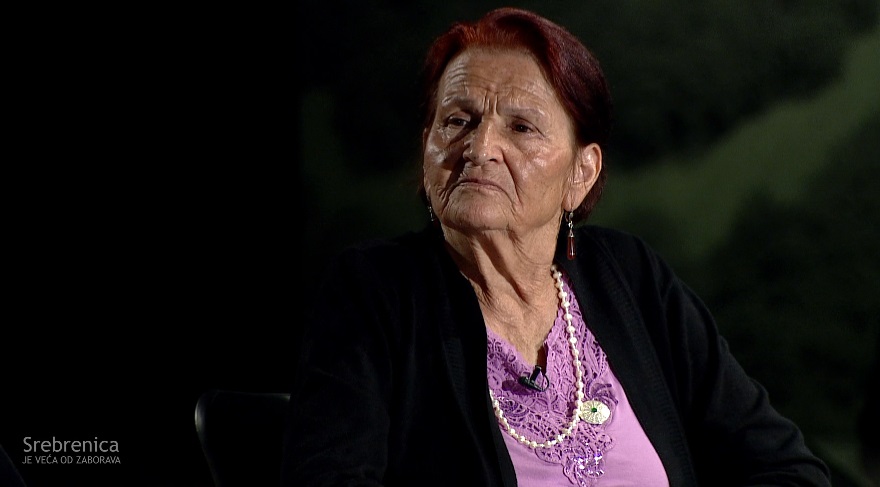
She didn't find Samira's shoe, but she knows what kind he wore. She pointed out that we are still fighting and we will fight. She also touched on how she coped, and how she sewed underwear, pants and skirts from various materials.
- I was 50 years old when Srebrenica fell. I fought during the hostilities. We were terribly hungry. I fought with many women going to the fields. We carried all the corn over the hill. I carried 25 kilos each 19 times. I was a fighter to feed my family. I mended the boys' ripped jeans. We received packages, so there were diapers. I made pants and skirts from parachutes. We fought in various ways. When we had strangers who promised us that we would survive, we waited for someone to help us. However, they tricked us. They kept us until 1995 and gathered us in the premises of this building. There was an industrial zone. All the people worked together. We were not divided on anything. Not all of it can be told, but we are talking. When the Hague Tribunal was formed, we asked to be present. It spread to the world that there were verdicts that confirmed that there was genocide here. We had aggression across the Drina. Our neighbors obeyed the villain from Serbia. Those were such horrors. Every day we suffered the shelling of all the means that the JNA had. It was our army that went over to the side of the criminals - Hotić recalled.
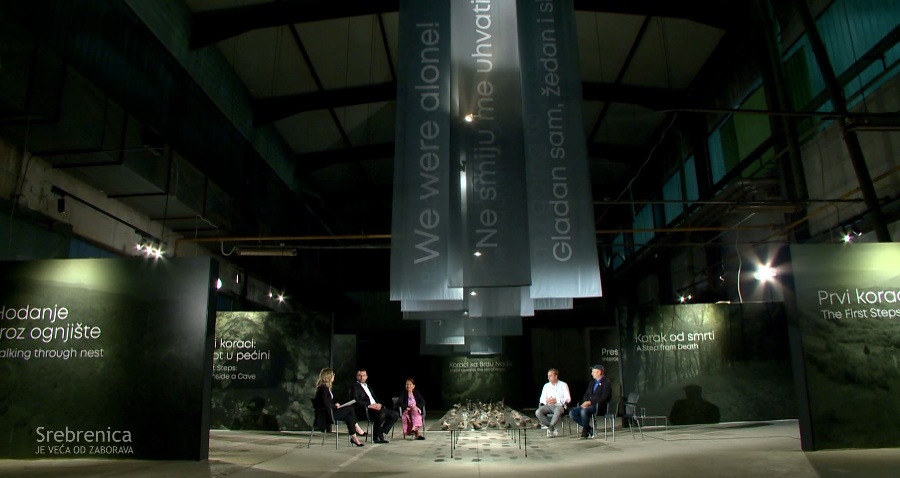
Pilav was the first witness of the most monstrous crimes and the first stages of the realization of the genocide against Bosniaks in Srebrenica. He told us how he most clearly recognized that this is not a war by definition, but such a monstrous crime that must have been caused by an evil that is difficult to attribute to man.
- In April, Srebrenica is occupied. Events that had a terrifying dimension immediately followed. A wide strip of settlements along the Drina is destroyed and systematic ethnic cleansing, mass murders, persecutions, and injuries are carried out. Shelling was daily from Serbia. Even in certain moments, the representatives were from certain international organizations. No matter how hard we tried to send such information to the world, to the public, it was obviously kept quiet. When I talk about the genocide, I try to emphasize that the genocide began in 1992, that the silent genocide has been going on since 1992, and that July 1995 was only its culmination - Pilav said.
When he speaks on that topic, Pilav makes a comparison between what they survived and the information he learned from reading the book 'Slow Genocide in Bosnia'.
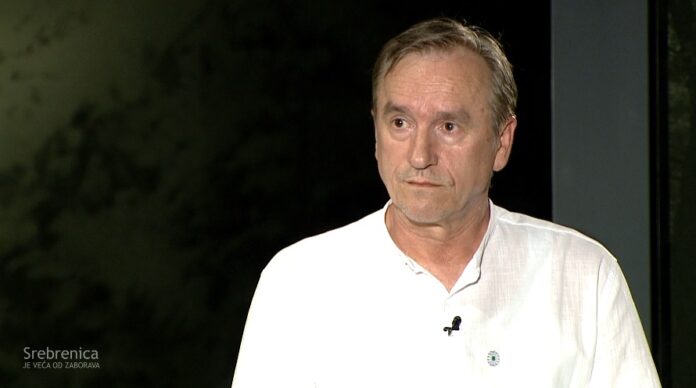
In that book, I was surprised by the courage, the humanity, that there was someone who was a saint in the place where the most important decisions were made, that he described what happened in the room without looking. It is one room where unofficial meetings of the five most powerful, that is, five members of the Security Council were held, and de facto the real decisions were made there, and he called the conference hall with the horseshoe-shaped table a theater. So, that's where all the performances for the public took place. He described exactly what was happening to us. He described that the powerful representatives of the five permanent members of the Security Council were explicitly against the fact that the Bosniak people could have any kind of dominance in terms of statehood in these areas. Therefore, the slow-motion genocide took place in 1992, and everything that happened in 1995 was not unexpected - said Pilav.
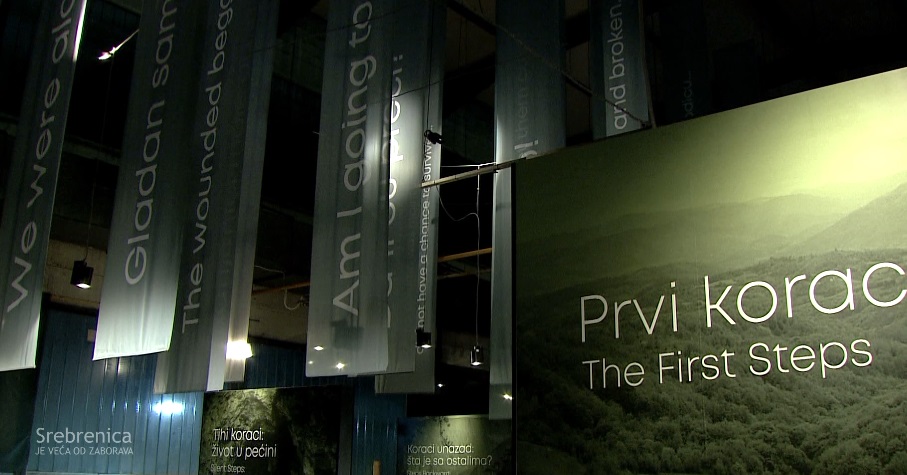
Investigating the many reasons for the inhumane treatment of Holocaust victims, scientists once concluded that it was a matter of distance and ignorance of the victim. In Bosnia and Herzegovina, if we take Srebrenica into account, that story completely falls apart because we know that even the biggest executioners knew their victims.
- What saved me in Prijedor, which I considered at first to be the most difficult fact for me, is that I was not from Prijedor, that I had no documents, that I was the first to be killed. That's what they killed. A man who was from Visegrad and happened to be there on a visit was killed. They even said that they killed Murat Šabanović. What saved me in Prijedor, including the camp, was that none of the executioners knew me. I had no schoolmates, I was not listed in the records. When you're nobody, until it's your turn, you survive. Nobody knew me in Prijedor, and what I experienced in Prijedor in 1992 was absolutely a successful attempt to exterminate a people. There was genocidal intent. It was logistically impossible to kill 50,000 people so quickly. They also needed their weapons and their forces in the corridor where the battles around Gradačac were then taking place. So the camps were one option where they mistreated and killed people. They killed people like doctor Ilijaz - pointed out Halilović.
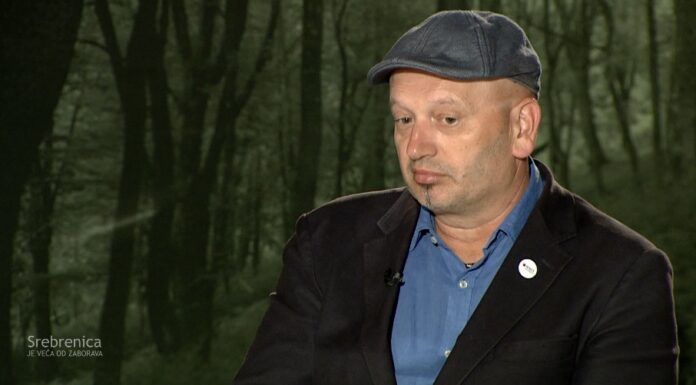
They killed people who were more useful to their community. They beheaded the community, and that is also a genocidal intention – to destroy the people by removing the leaders of a community, and those leaders were educated people.
- I was on the way to what they called an exchange. They said we can go on an exchange. Only not being able to squeeze into the bus saved me. Being a Bosniak in any part of Bosnia and Herzegovina in 1992 - 1995 where the Serbian aggressors occupied the fate was the same. These shoes could have been mine. Only a combination of coincidences, luck or a higher force allowed me to sit here. The slow genocide was a tumultuous, incendiary genocide. There was no place where it happened differently. The intention was the same - adds Halilović.
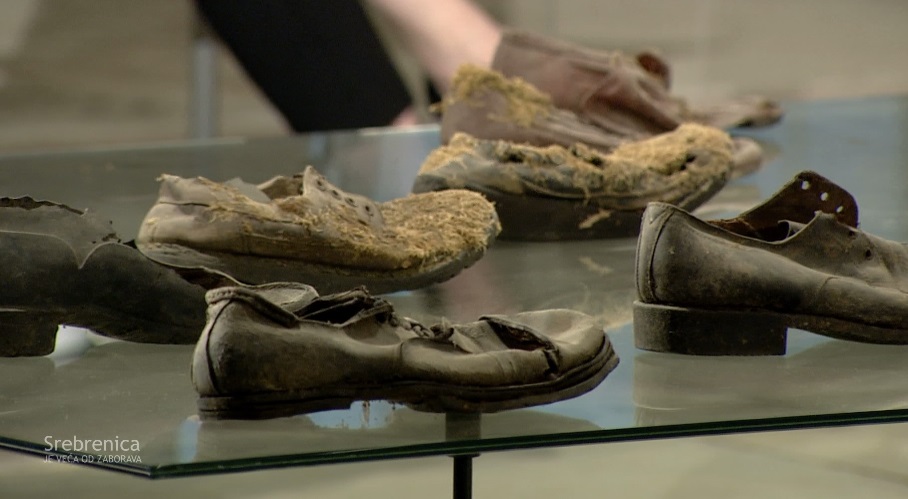
They followed the genocide of Bosniaks via satellite signals from the world's major power centers, from their comfortable offices. Džananović said what he believes is the cause of so much dehumanization of innocent people.
Spatial and temporal intent to commit genocide against Bosniaks, as a key element, is very important. The intention to commit a crime against the citizens of Sarajevo was identical to the one here in Potočari. When talking about Srebrenica, it is important to emphasize this continuity and persistence of the criminals, that their strategic goal is to eliminate members of other nations, all those who are not Serbs. They were adamant about it. The mentioned April 1992 must not be forgotten - said Džananović.

He emphasizes that July 1995 is today the subject of various attempts to deny, etc.
- The genocide project as such is designed by political elites. They design it, finance it, implement it on the ground... The genocide project moves from top to bottom. The denial of genocide is carried out in an identical way - pointed out Džananović.
You can watch the show at this link.
Written by: A.H.
Source: Hayat.ba
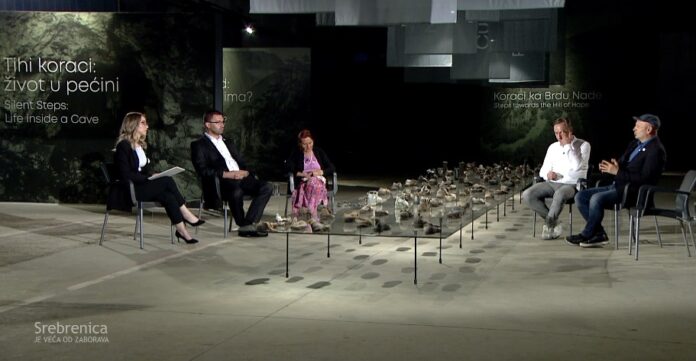
(1).png)
(1).png)